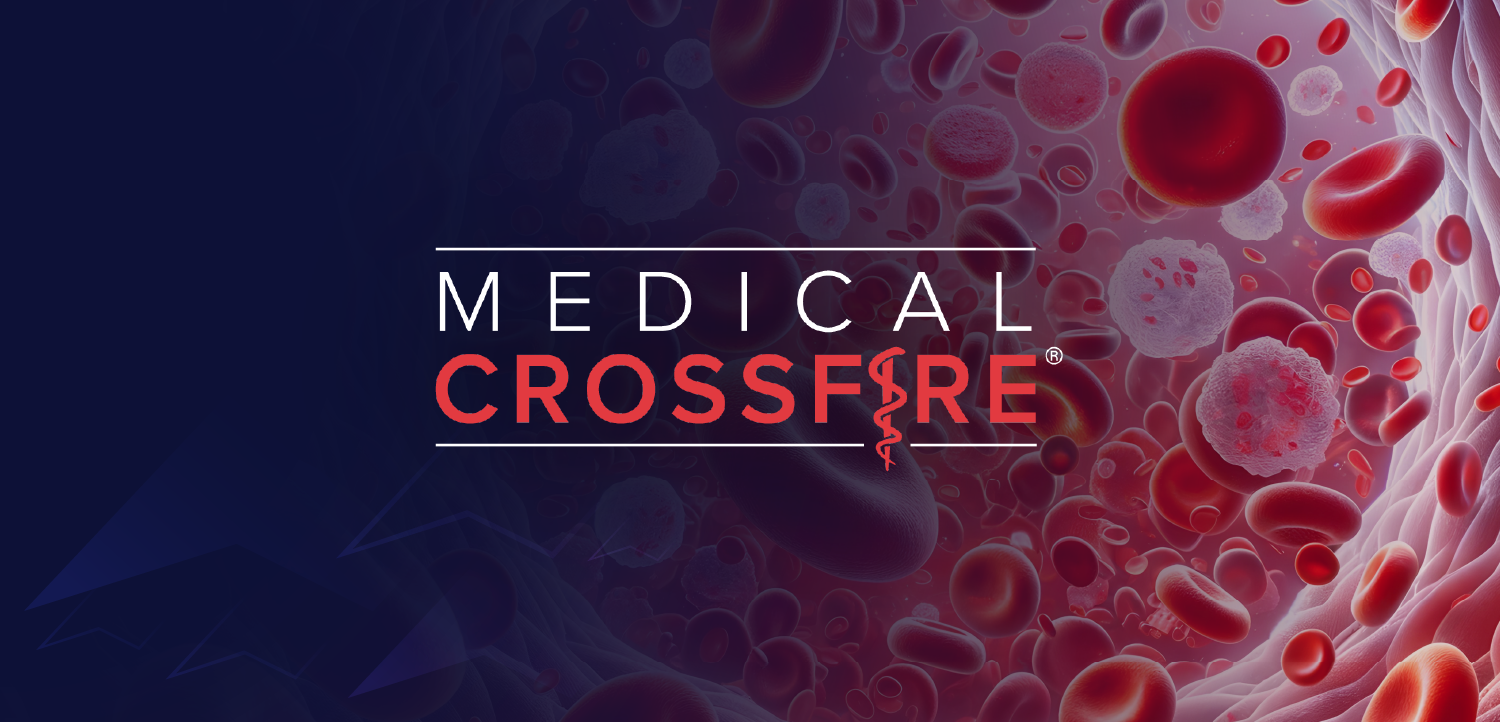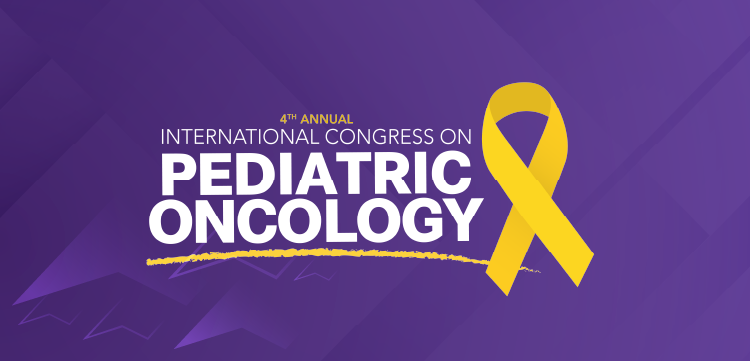
Drug Benefit Trends
- Drug Benefit Trends Vol 22 No 2
- Volume 22
- Issue 2
Desperate Times for California’s Medi-Cal
With the country’s greatest number of uninsured residents, the largest public insurance program, and one of the lowest rates of physician reimbursement, California is struggling to provide health care to the 6.5 million people who need it.
With the country’s greatest number of uninsured residents, the largest public insurance program, and one of the lowest rates of physician reimbursement, California is struggling to provide health care to the 6.5 million people who need it. In late January, the California Senate approved a plan for implementing a single-payer health care system. Although the bill was sent to the assembly, Gov Arnold Schwarzenegger (R) will veto it.1
California already faces a $20 billion budget deficit, and opponents of the bill say that the proposals simply do not make fiscal sense. As it is, the Medi-Cal program is barely sustainable, and further burdening hospitals and physicians with uncompensated care could cripple the system. Supporters of the bill believe that the gains would ripple through the economy, freeing up money for small businesses to expand, allowing employees more employment flexibility, and providing persons who are able to pay but have no access to coverage because of preexisting conditions a means to purchase health insurance.
References:
Reference
1. Greenson T. State budget battle gearing up. Times-Standard. 2010.
Articles in this issue
over 15 years ago
Workers Fear Stigma of Mental Health Treatmentover 15 years ago
Bisphosphonate Use Linked to Decreased Breast Cancer Riskover 15 years ago
Psychiatric Symptoms Associated With Parkinson Diseaseover 15 years ago
Coverage for Mental and Physical Health Must Be Equalover 15 years ago
Government Poised to Pay Bulk of US Health Care Tabover 15 years ago
Cancer Care Is Jeopardized by Medicare Reimbursementover 15 years ago
Comparative Effectiveness Research-Part 1: Searching for ValueNewsletter
Enhance your clinical practice with the Patient Care newsletter, offering the latest evidence-based guidelines, diagnostic insights, and treatment strategies for primary care physicians.








































































































































































































































































































